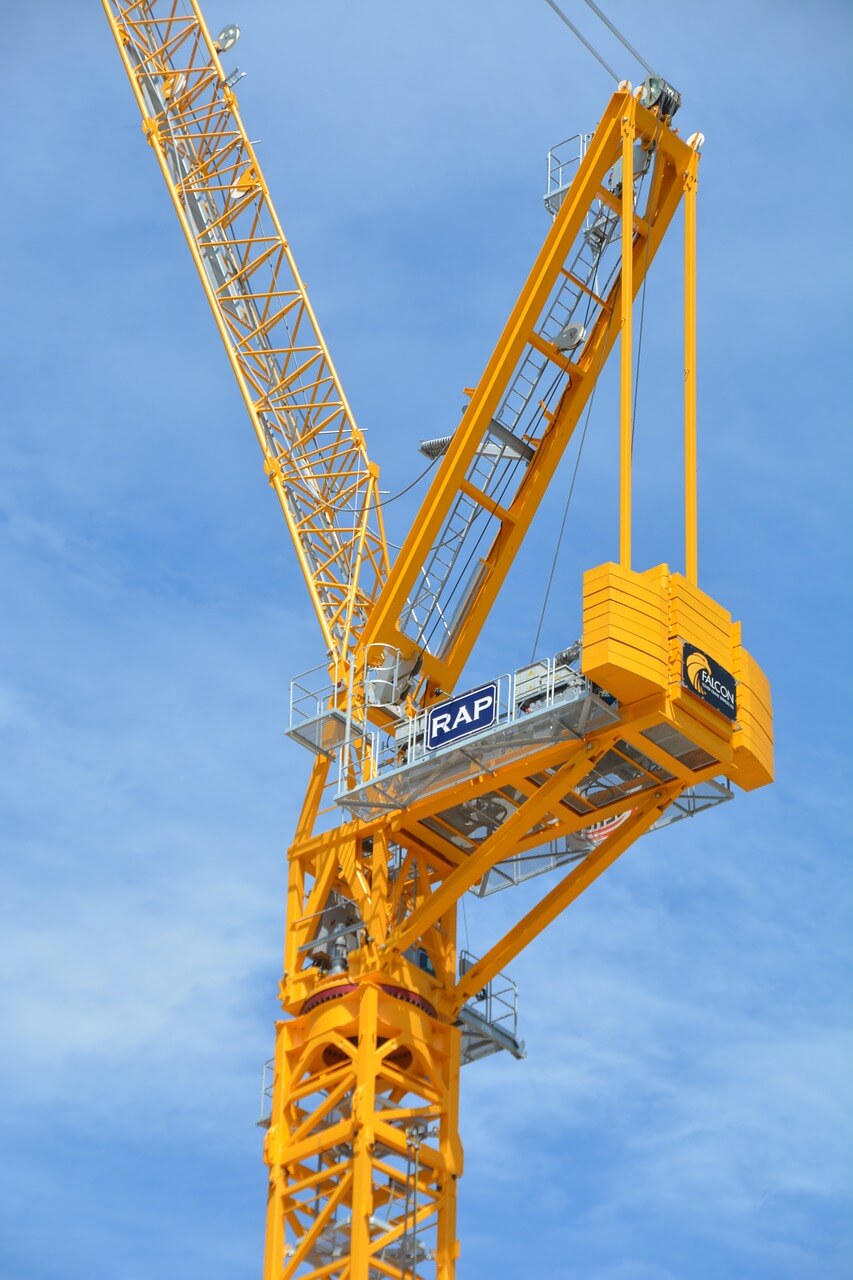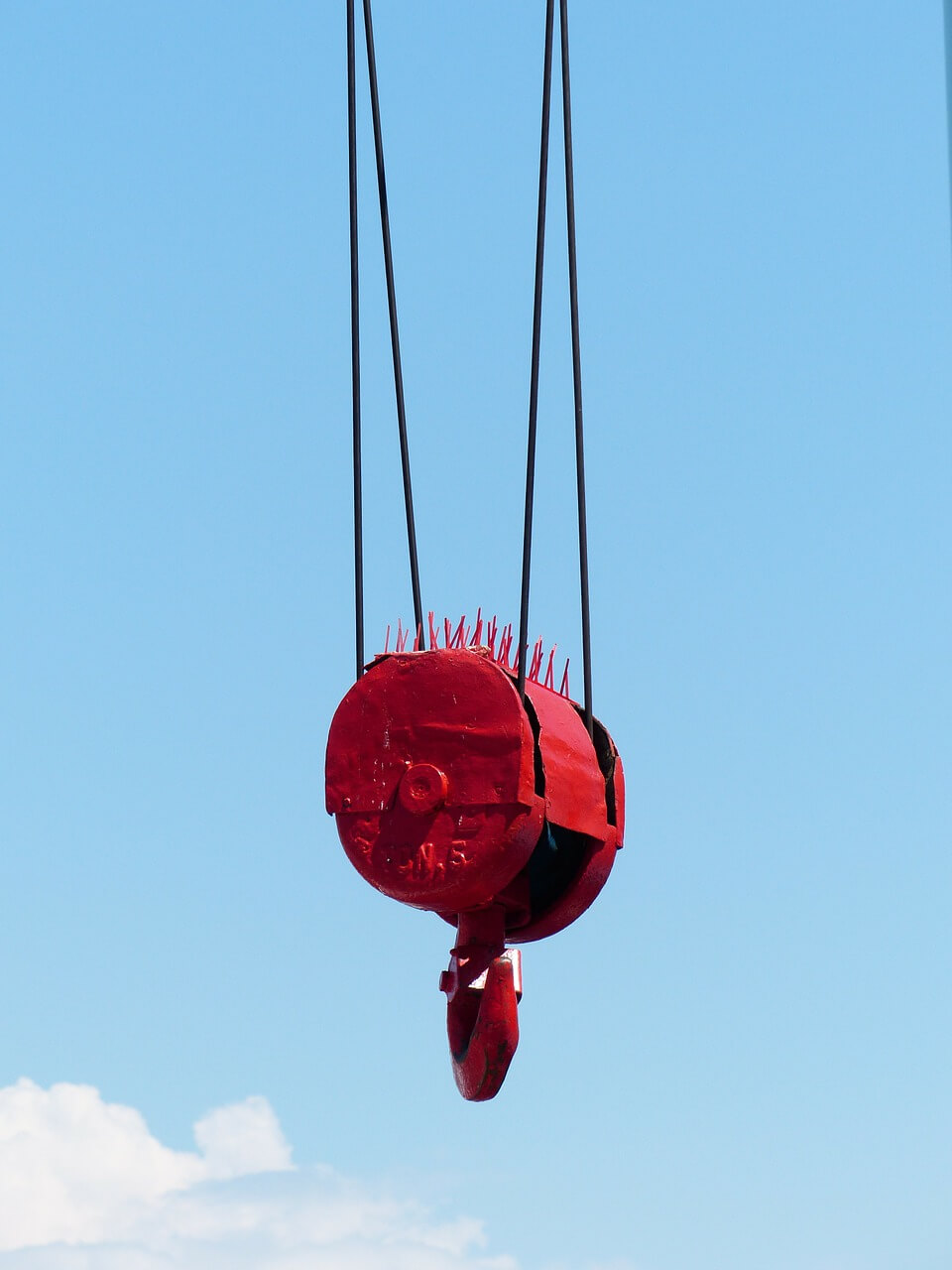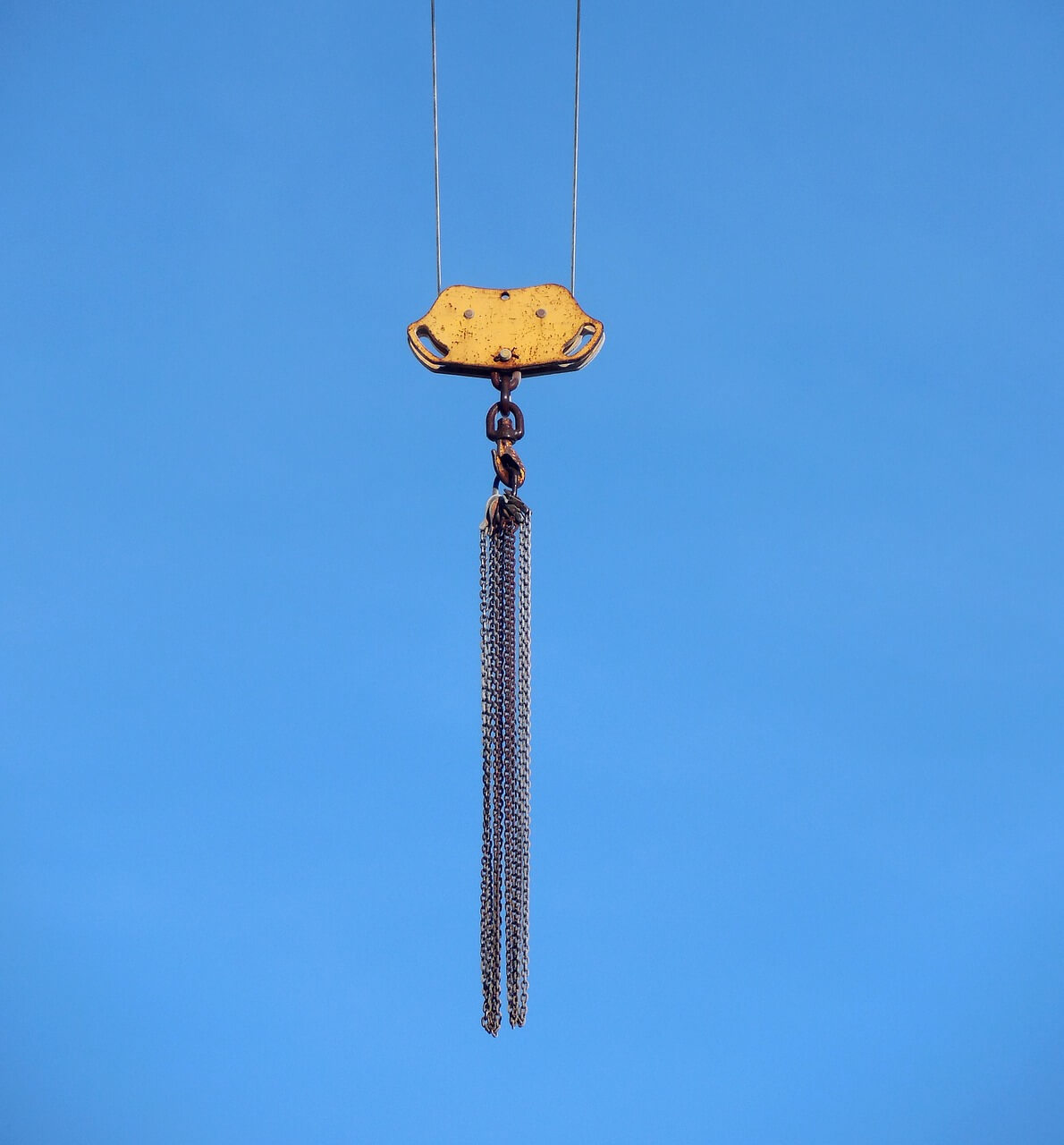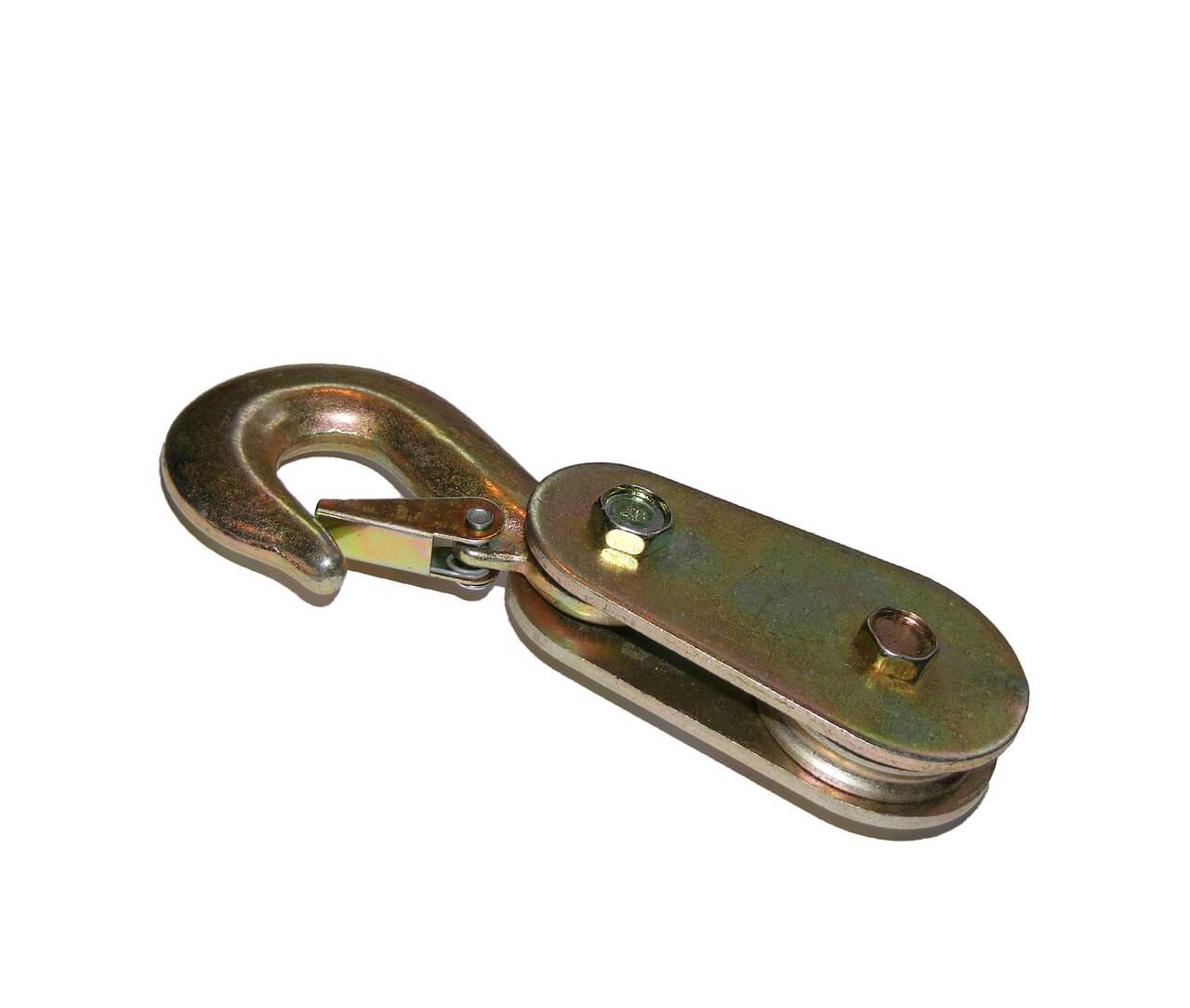The Hoist Family – the Roles of Different Hoists Explained
The lifting equipment industry is a huge one, with several broad categories of equipment that includes a wide variety of tools and gear. One such broad category is the hoist family, which contains a range of lifting hoists all suited for different lifting tasks and applications.
While at first glance it may seem that perhaps they all more or less do the same thing, each has its own unique range of benefits and advantages, and it is important to choose the right one to ensure your operation runs smoothly.
Below we have explained hoists and their role in more detail, as well as examined the various types of hoist that are available to you.
What are lifting hoists?
Hoists are perhaps the most common type of lifting equipment to be utilised with cranes, and while the crane itself handles the weight of the load, it is the hoist that will conduct the actual lifting and lowering.
Lifting hoists are utilised with equipment such as cranes
The hoist will consist of a lifting medium, which is either a chain wrapped around a pulley or lift-wheel, or a wire rope which is wrapped around a drum. At the end of this medium will be a hook, used to latch onto the load to lift or lower it.
The very earliest cranes and pulley systems have been in use since the 6th or 5th century BC, so it’s clear that they have a long history. However, the more modern day hoists that we’re used to have been in use since around the early 1900s, and they have developed much over the years.
Before we talk more about the different hoists that fall into the hoist family, we can first divide them into three categories; electrically powered hoists, pneumatically powered hoists and manual hoists.
Electrically powered hoists
Electric hoists from the hoist family, as you may have guessed, are hoists that are electrically operated. They are extremely common in dozens of industries around the world thanks to their ease of use. They allow the lifting and lowering of loads to be completed in a much quicker fashion than that of a manual hoist, and also take much of the strain and pressure off of the workers.
Many lifting hoists are electrically operated
Electric hoists have a good lifting capacity, with many being able to lift around 20,000Kg, with some being able to lift even greater than this. They are sturdy and robust pieces of equipment that require little to no maintenance, as long as you have them inspected at least once a year.
The only downside to using electric hoists is the fact that they need electricity to run, meaning they will incur additional costs.
Pneumatically powered hoists
Pneumatic hoists from the hoist family, also called pneumatic air hoists, are powered using air. Electric hoists are the most common type of powered hoist, but pneumatic hoists are most useful where an electricity supply is unavailable or cannot be used.
A common example of this is where lifting and lowering tasks must be completed in an environment where chemicals are present; an electric spark could set off a nasty fire or explosion! Other industries and environments where you will see a pneumatic air hoist being used are places such as paper mills, oil refineries and paint factories.
A pneumatic hoist will work using an air compressor unit, which is typically located outside of your place of work and pumps air inside.
Manual hoists
Manual hoists are manually operated by a worker, and so require no power whatsoever. While this will mean that your workers have to complete the jobs themselves, a manual hoist, as long as it can be reliably hung, can be used pretty much anywhere.
Of course, in an ideal world, a powered hoist would be easier as you take pressure off of your workers, but there are many situations and environments where you simply won’t be able to use a powered hoist. This is why the adaptability of a manual hoist is so beneficial to so many industries.
Lifting hoists can have multiple chain pulls
The different types of hoist in the hoist family
Now that we have explained the three types of hoist category to you, we are going to examine each of the different types of lifting hoist in more detail.
Air hoists
An air hoist is simply a pneumatic hoist. While they all work by being powered by air and gas, they can come in a range of shapes and sizes, and with a variety of lifting capabilities. You will find mini air hoists for tight spaces, as well as larger air hoists for heavier, more industrial applications.
The majority of air hoists work using a chain as their lifting medium.
Chain blocks and manual chain hoists
Chain blocks and manual chain hoists are the hoist that is most commonly associated with the term “manual hoist”. They all use chains as their medium, and as described above, must be manually operated by a worker.
Although this is technically less safe than relying on a machine that operates itself, if you follow all guidelines and safety rules then you’ll have no problems at all.
Chain blocks and manual chain hoists from the hoist family are highly adaptable, and can be used in a number of industries, most typically rigging, construction and maintenance. You can also find chain blocks and manual chain hoists that are perfect for smaller spaces, or ones that have a greater resistance to corrosion and heavy duty use, and even ones that are used underwater.
Electric chain hoists
As chain blocks and manual chain blocks are the pieces of lifting equipment most commonly associated with manual hoists, electric chain hoists are the piece of lifting gear that are most commonly associated with the term “electric hoists”.
They use both wire rope and chains as their medium, and look almost exactly the same as chain blocks and manual chain hoists or air hoists, but instead are electrically operated. They can have a multiple number of chain falls, and can handle a wide range of load weights. You will also find lifting speeds vary, from 1.5m to 12m per minute.
These differences between electric chain hoists mean that there are many varieties suitable to multiple applications around the world, and there are specialised types too, such as stage hoists.
An example of the kind of hook you may find attached to the end of a lifting hoist
Gantry hoists
Gantry hoists are electrically operated, but are specially designed for gantry frames. They fix onto the horizontal bar of the gantry frame, and conduct the lifting and lowering task. You will most often see this type of hoist being used on a construction site where a gantry frame has been used instead of a crane.
Scaffold hoists
Scaffold hoists work in much the same way as gantry hoists above, except this piece of equipment is specially designed to be utilised with scaffolding instead. This type of equipment is commonly found on construction sites. These types of hoist are electrically operated, and come in a range of motor types, engine powers, frequencies and voltages.
Lever hoists
Lever hoists are manually operated hoists from the hoist family, and are controlled using a lever system. This gives the worker a great deal of control over the speed and height at which they want to lift or lower a load, meaning they can suspend a load at a certain height.
Lever hoists are also used to pull and separate tension.
Wire rope hoists
The final type of hoist in the hoist family is a wire rope hoist. Wire rope hoists are electrically operated, and use a wire rope, rather than a chain, as their medium. They can be designed for areas with both high headroom and low headroom, and can come in lifting capacities ranging from 1.6 tonnes all the way up to 50 tonnes.
Wire rope hoists can also come with either 2 or 4 falls of rope, as well as other specifications, making this type of hoist one of the most favourable choices to many industries around the world.
Things to consider when using hoists
Regardless of the hoist that you choose for your operation, it is always important to follow all necessary guidelines, such as the Lifting Operations and Lifting Equipment Regulations 1998 (LOLER), to carry out regular inspections on your equipment, and to ensure that proper planning has gone into the organisation of any lifting operation.
If you are interested in discussing hoists further, want to know which one may be best suited to your application, or perhaps want to discuss inspections and maintenance of your hoists, then we would love to help. You can get in touch with us here.

 Fast Delivery
Fast Delivery Low Prices
Low Prices Buy Online
Buy Online


